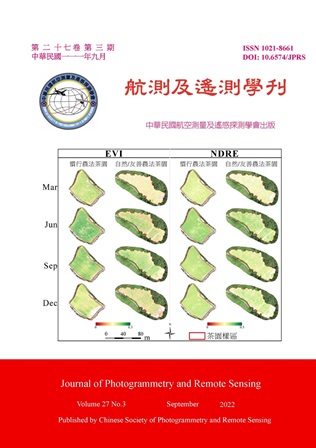Bridge inspection can use infrared thermal images to display internal damage, but it is difficult to identify the location of damage. By combining infrared thermal images with visible light images, image details and temperature anomalies can be obtained. This study uses Wavelet Transform (WT), Laplacian Pyramid (LP), Nonsubsampled Contourlet Transform (NSCT) and Nonsubsampled Shearlet Transform (NSST) to fuse reinforced concrete bridge images, measure, and compare the accuracy of internal damaged areas. This study shows that LP is difficult to highlight the information of the original infrared thermal image, WT, NSCT and NSST can effectively integrate visible light image and infrared thermal image, and NSCT can highlight infrared thermal image. The area difference between NSCT and other non-destructive detection methods is 0.057 m^2, 0.005 m^2, NSST is 0.094 m^2, 0.007 m^2, WT is 0.153 m^2, 0.007 m^2. NSCT is the closest to the actual area and is not affected by the stains on the bridge deck, so this study recommends NSCT to be used for the detection of concrete bridges.
